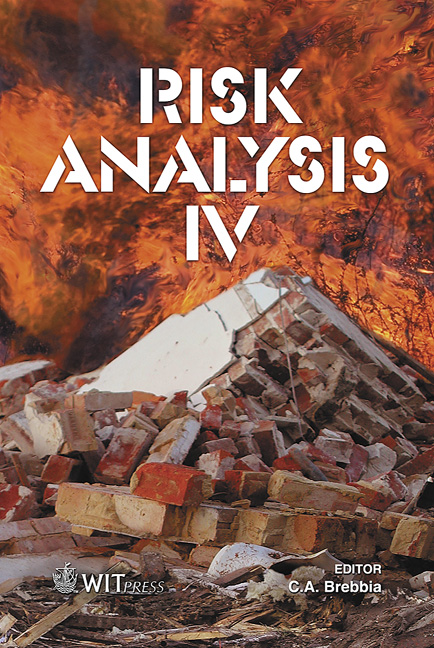Territorial Information System Interoperability: A Design Improving Interaction In An Emergency
Price
Free (open access)
Transaction
Volume
77
Pages
10
Published
2004
Size
817 kb
Paper DOI
10.2495/RISK040421
Copyright
WIT Press
Author(s)
V. Ferrara & M. Guerriero
Abstract
Risk analysis and emergency management use common instruments such as GIS (Geographic Information Systems) and TIS (Territorial Information Systems). They do not visualize maps alone, but they can be instruments of interaction among many components and actors (data, operators…). Interoperability represents the next fundamental step towards developing more efficient management systems. We can discriminate three levels: data interoperability, applications or software tools interoperability and finally systems interoperability. Software technological development is carried out in many frameworks such as CORBA (Common Object Request Broker Architecture) [8, 10], COM (Component Object Model) [2], JAVA [9, 11], .NET [2], etc. Each of them has resolved interoperability with different results. In any case, we built efficient architectures by using the present frameworks. Our paper aims to describe the interoperability aspects and to show some practical achievements. These allow effective monitoring in the presence of concurrent activities and detection. In particular, we will present two architectures adopted for defence risk (air-space control) and in the activities of the fire-brigade department. Keywords: Geographic Information System, Territorial Information System, emergency management, risk analysis, interoperability. 1 Introduction Many instruments of software managements and electronic equipment are designed and adopted to help operators in their risk analysis activities. Some of
Keywords
Geographic Information System, Territorial Information System, emergency management, risk analysis, interoperability.





